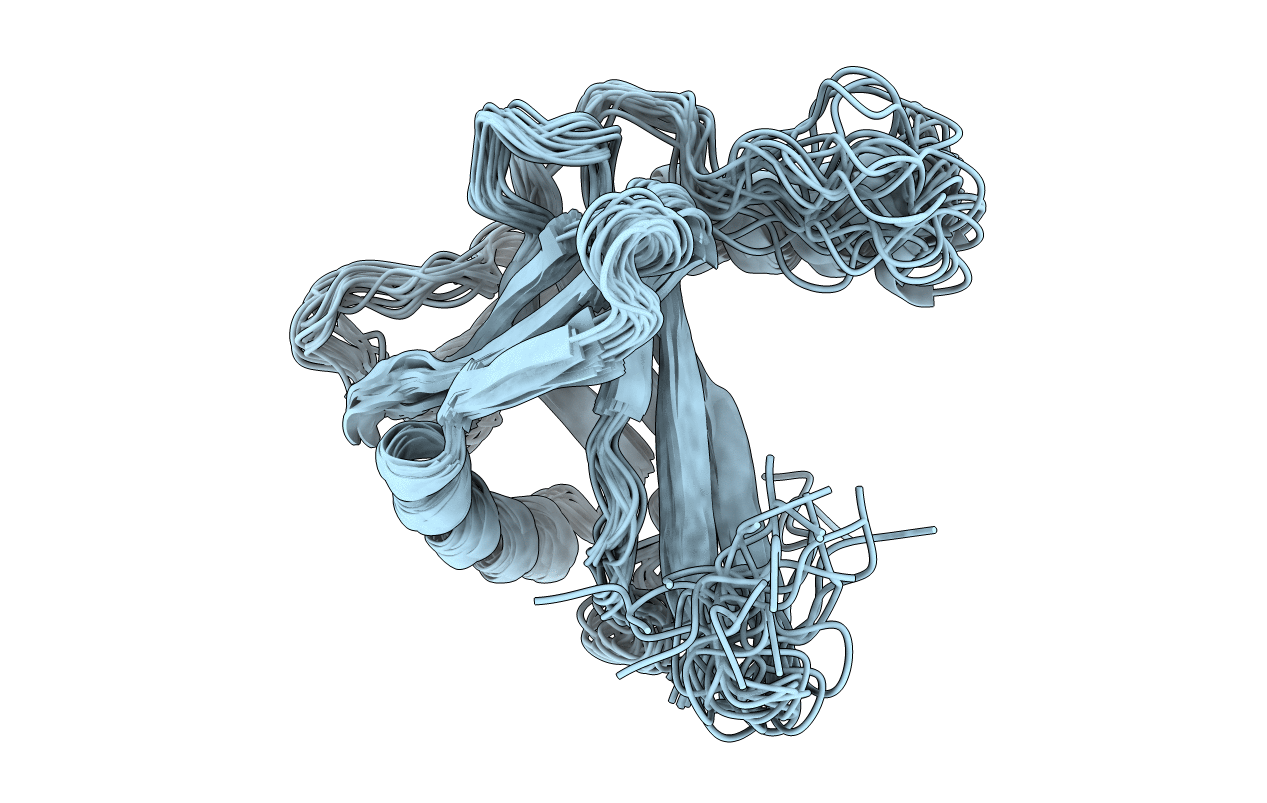
Deposition Date
2001-09-13
Release Date
2001-10-03
Last Version Date
2024-05-22
Entry Detail
PDB ID:
1JYT
Keywords:
Title:
Solution structure of olfactory marker protein from rat
Biological Source:
Source Organism:
Rattus norvegicus (Taxon ID: 10116)
Host Organism:
Method Details:
Experimental Method:
Conformers Calculated:
200
Conformers Submitted:
20
Selection Criteria:
structures with the least restraint violations


